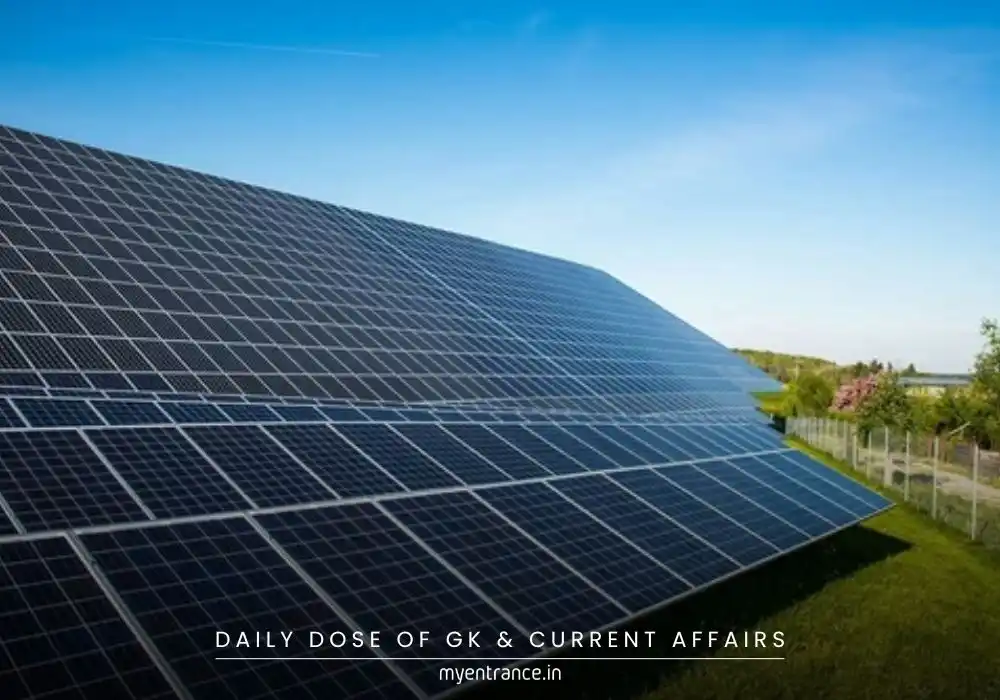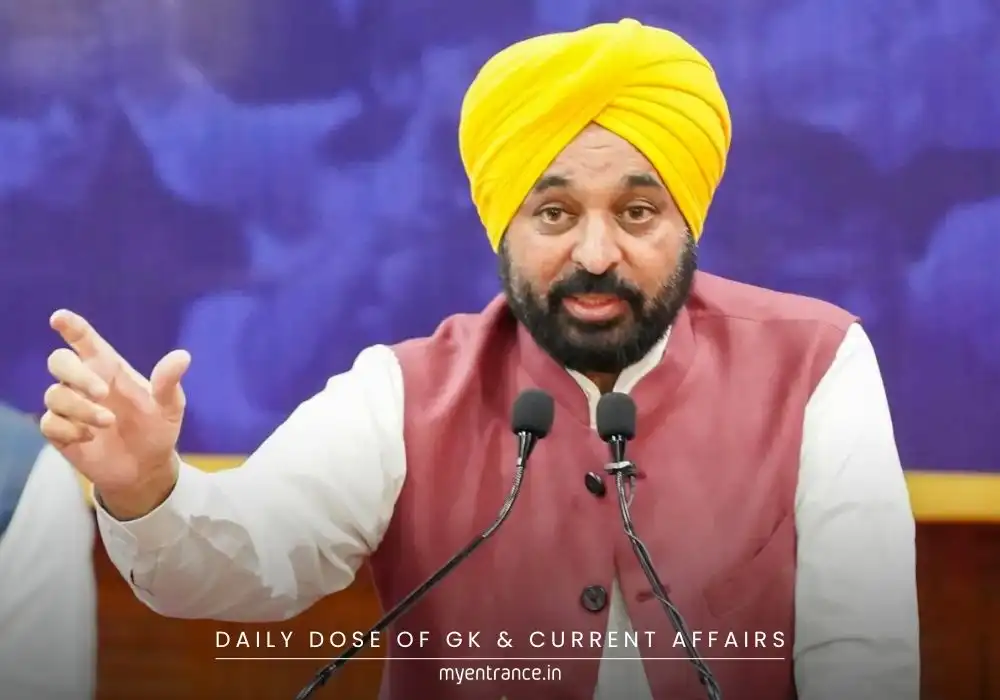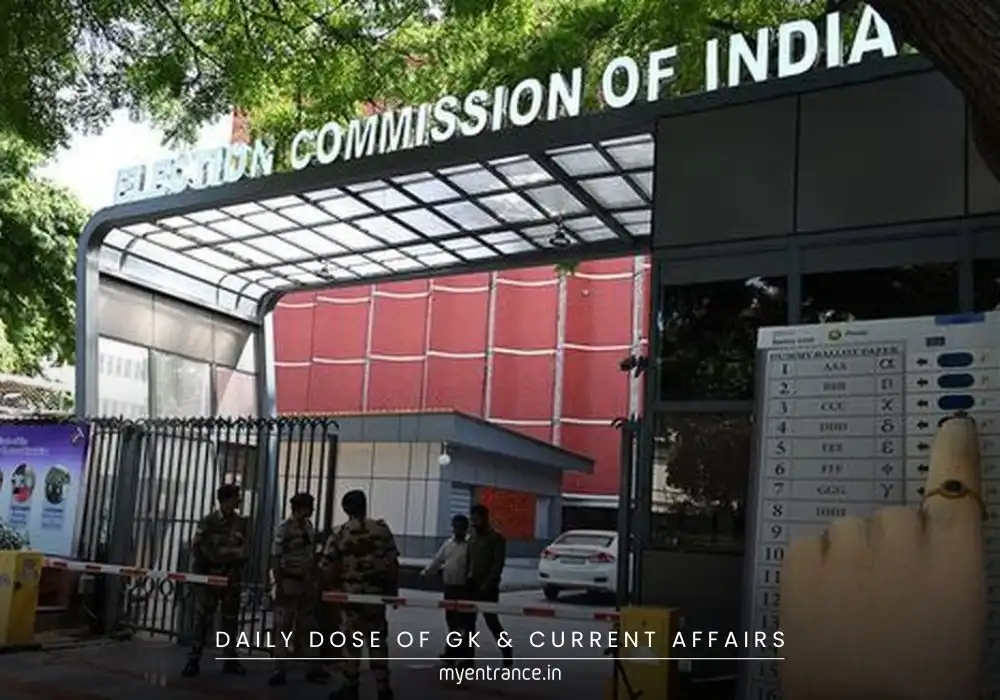Translate Language
How Is IIT Bombay’s New Solar Cell Tech a Game-Changer for India?
India’s solar energy sector just got a major upgrade! IIT Bombay’s 2-terminal tandem solar cell, combining perovskite and silicon, has achieved 30% power conversion efficiency—far surpassing the current 20% standard. With government backing and private investments scaling production, this innovation could slash solar energy costs to Re 1 per kWh, transforming renewable energy accessibility.

What’s the Speciality of IIT Bombay’s New Solar Cell?
Record-Breaking Efficiency
The perovskite-silicon tandem cell hits 30% efficiency (vs. 20% in conventional cells), maximizing energy output from sunlight.
Cost Reduction
Potential to drop solar power costs to Re 1 per kWh (from Rs 2.5–4), making clean energy affordable.
Durability in Indian Climates
The 4-terminal (4T) tandem structure enhances performance and longevity, even in extreme heat.
Semi-Transparent Design
Perovskite layers allow light absorption while maintaining transparency, enabling dual-use applications (e.g., solar windows).
Public-Private Partnership (PPP) Boost
The government’s Rs 83 crore funding (part of Rs 200 crore total) and industry collaboration aim to commercialize the tech rapidly.
Sample Q&A for Competitive Exams
Q1: What is the efficiency of IIT Bombay’s new tandem solar cell?
A: 30%, significantly higher than traditional silicon cells (20%).
Q2: How does this technology reduce solar energy costs?
A: It could lower generation costs to Re 1 per kWh (vs. Rs 2.5–4 currently).
Q3: What makes perovskite-silicon cells durable in India?
A: The 4T tandem structure improves heat resistance and energy conversion.
Q4: Which ministry supports this solar cell project?
A: The Ministry of New and Renewable Energy (MNRE), with Rs 200 crore funding.
Q5: Why is private investment critical for this project?
A: To scale up production and achieve commercial viability through PPP models.
Why Is This Important for Exams?
UPSC/SSC/PSC: Questions on renewable energy initiatives, PPP models, and India’s solar targets are frequent.
Science/Tech Exams: Covers breakthroughs in photovoltaics, material science (perovskite), and energy efficiency.
Current Affairs: Aligns with India’s 500 GW renewable energy goal by 2030 and climate commitments.
Get 3 Months Free Access for SSC, PSC, NIFT & NID
Boost your exam prep!
Use offer code WELCOME28 to get 3 months free subscription. Start preparing today!















